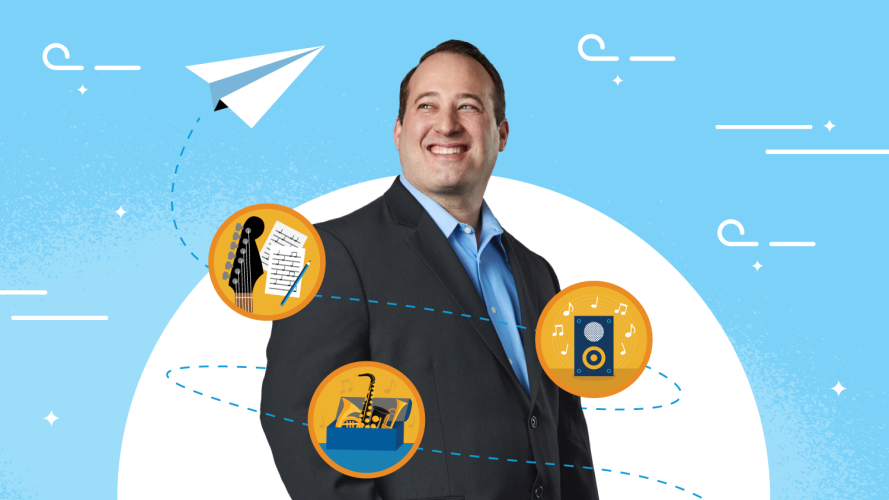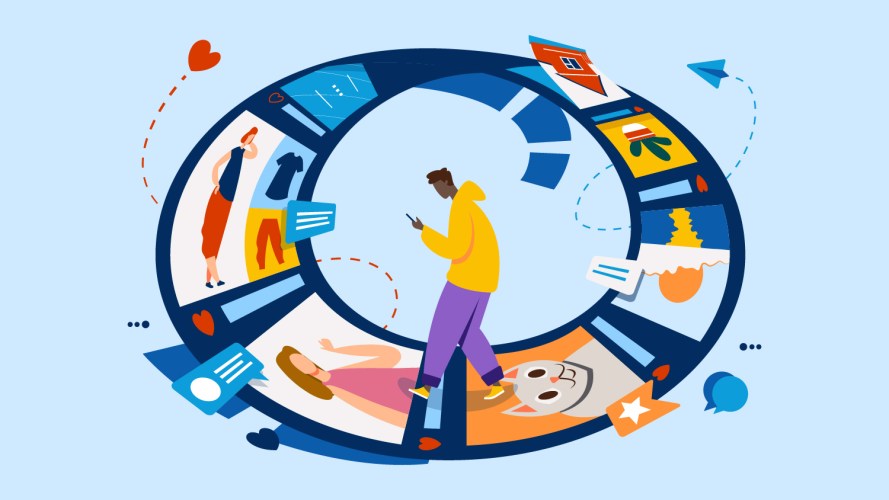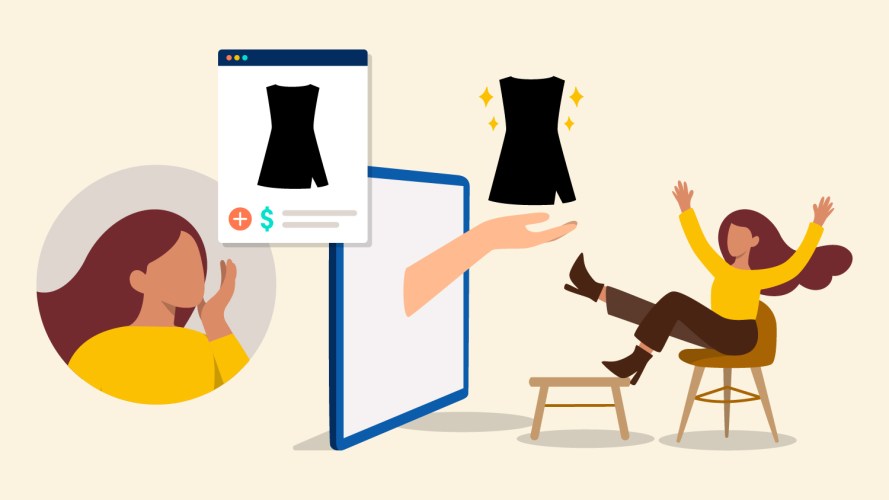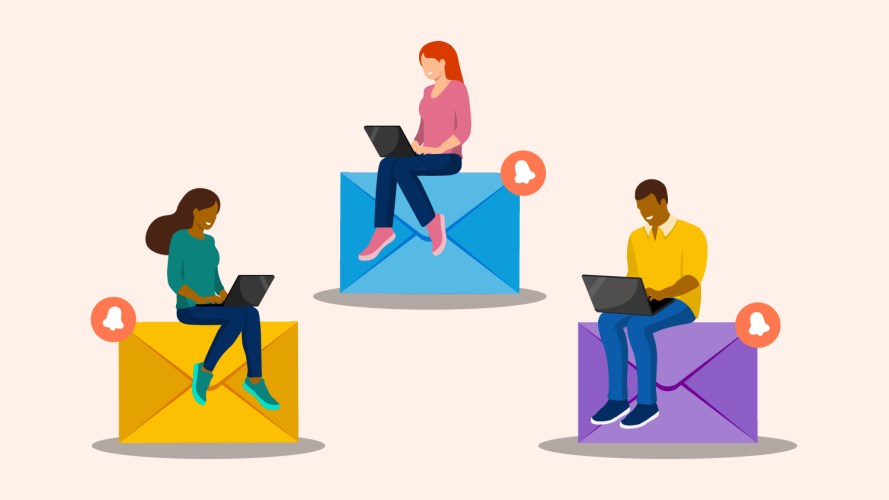Top 5 Email Marketing Trends for 2019



Email marketing is getting more personalized and relevant to individual subscribers. Here are the top email marketing trends we'll be seeing this year, and how you can leverage marketing technology to keep subscribers happy.

Veda Kumarjiguda
Don’t let short-term thinking define your email marketing tactics this year. Improving your email marketing is not about following fads, but digging deep into classic email strategy. Since 2017, email has been marching toward subscriber-centricity. Brands are focusing on sending more relevant emails and keeping the customer journey as the focus of email marketing strategy. This demands a fair amount of effort and insight from the email marketer and CRM team. Consequently, investing in marketing technologies that make life easier for an overworked CRM team will also be popular in 2019.
2019 is about ending the war of the inbox and creating peace between the marketer and subscriber. Below, we’ve put together the top 5 ways to leverage marketing technology to keep you and your subscribers happy.
1. Interactivity
Interactivity has been a top design trend for email marketers two years in a row and with good reason: It reduces friction by allowing subscribers to engage with additional content without leaving their inbox.
Interactivity comes in many styles —such as forms, reviews, carousels, hotspots—, but the most actionable way to use interactive elements is when asking for customer feedback. How frustrating is it to click an email with a star rating, only to open a browser? The Home Depot allows subscribers to complete a product review without clicking through to a landing page. The subscriber can select a star rating and write their responses immediately in the inbox.
Collecting information around this in-email behavior is also a benefit of using interactivity in your email campaigns in 2019.
2. Artificial Intelligence
The amount of customer data is growing every day, which makes exploring data manually more difficult than ever before. According to the Salesforce Research’s State of Marketing, the median number of data sources is projected to jump from 10 in 2017 to 15 in 2019 — a 50% increase in just two years. While marketers have more customer data than ever before, many of them are struggling to make sense of it all. In fact, only 47% of marketers say they have a completely unified view of customer data. Artificial Intelligence (AI) makes it easier to spot trends and understand correlations. Rather than combing through multiple data sources, AI will help you monitor the health of the subscriber, offer suggestions, and free up a marketer’s valuable time.
3. Automation and Personalization
We know you’ve seen this trend before, but automation and personalization are here to stay.
Automation and personalization go hand-in-hand. Automatic email campaigns are set up once and sent out when triggered by a subscriber’s behavior. For example, let’s look at an abandoned cart or an abandoned browse campaign; both are automated and personalized based on a customer’s behavior. The customer will receive an abandoned cart email when they don’t complete the checkout flow. The email will feature the specific product the customer walked away from and the chance to complete the checkout process. When you leverage data from the right systems, automation allows email marketers to create a personalized experience for each and every customer. Personalized communication increases engagement, customer satisfaction, and retention. 1-to-1 customization transforms the relationship between brand and subscriber by ensuring that emails don’t read like spam.
4. Design Cues from Social Media
Take what’s successful from social media and bring it to your email design. What are your subscribers interacting with on social? Which pieces of content have the most likes? What causes subscribers to convert on social?
Instagram, for example, allows users to like, comment, or purchase. The app doesn’t pull the user in many different directions in terms of action. Good content keeps the focus on user action. Furthermore, since the user is choosing to follow the brand’s feed, the imagery is based on their interests. How can you bring social media energy to your email design?
- Keep it visual
- Keep the focus on a few actions
- Personalize and keep content relevant
Take note of content placement as well. Keep the actions you want the subscriber to take above the fold of your email. Use large banners and keep the design clean.
Overall, ensure that your design and voice is consistent across mediums. Your social pages, website, and email should use the same visual language.
5. Data Privacy
In 2018 General Data Protection Regulation (GDPR) went into effect, which altered the way marketers worked with customer data. One major aspect of GDPR, is that a customer must actively confirm their consent, such as ticking an unchecked opt-in box. Capturing consent is beneficial because you’re emailing an engaged audience —one that wants to receive and interact with your content.
With a similar law passing in California, we can expect more of these in 2019 and users becoming more aware of their rights regarding data. At Salesforce nothing is more important than trust. We earn the trust of our stakeholders through transparency, security, compliance, privacy, and performance. Learn more about security at Salesforce here.
Overall, 2019 is about creating cohesive, customer-focused email campaigns. These aren’t just trends, but strategic ways to personalize email content and use customer data in a respectful way. You can learn more about 2019 trends in the State of Marketing report or how you can personalize your customer journeys in our new ebook Path to Personalization.























